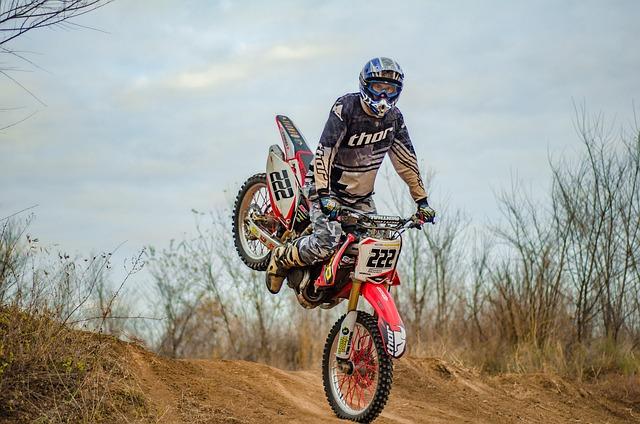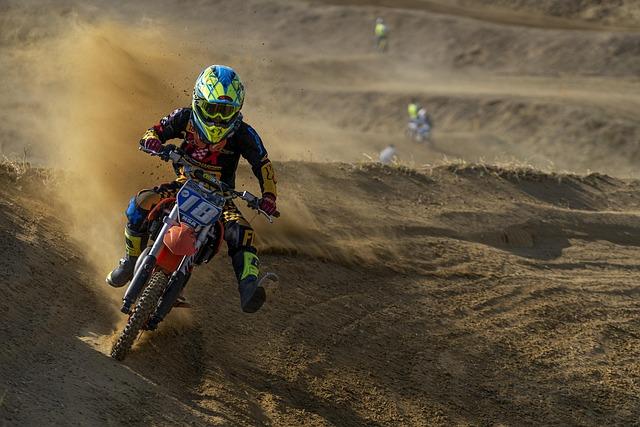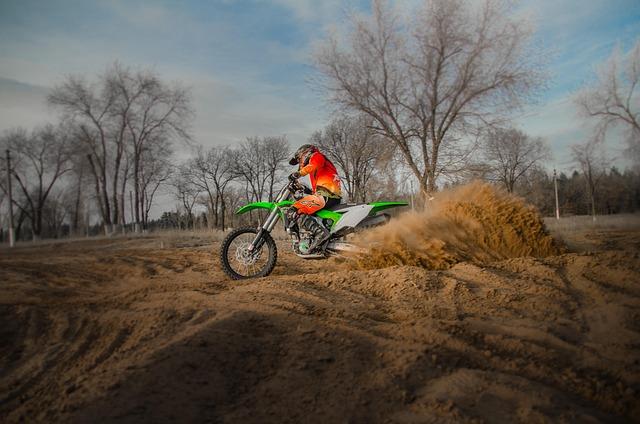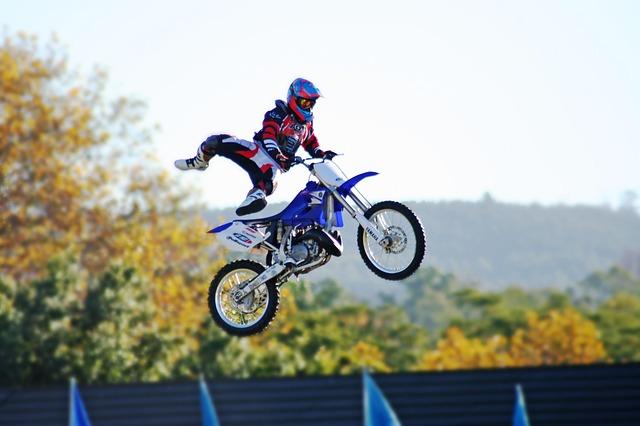Motocross Showdown: Comparing Honda, Suzuki, KTM, Kawasaki, and Yamaha Racing Machines
- Introduction
- Honda: A Legacy of Precision and Power
- Suzuki: Balancing Performance and Approachability
- KTM: The Off-Road Dominator
- Kawasaki: Aggressive and Competitive Edge
- Yamaha: Innovation Meets Reliability
- Conclusion
- FAQs
Introduction
The motocross world thrives on competition, adrenaline, and the thrill of high-octane races. At its core are the powerful machines crafted by industry giants such as Honda, Suzuki, KTM, Kawasaki, and Yamaha. Each brand brings its own flair, engineering prowess, and philosophy to the track.
This article dives deep into what makes these racing machines special and how they stack up against each other. From Honda's precision engineering to KTM’s domination in off-road segments, we’ll explore their highlights, strengths, and possible trade-offs. Whether you’re a rider looking for your next machine or just an enthusiast, this comparison will bring clarity to the ongoing motocross showdown.
Honda: A Legacy of Precision and Power

(Image: Pixabay/@oudigrand)
Honda has positioned itself as a trusted leader in the motocross category, known for its engineering expertise and balanced performance. The brand focuses on creating machines that excel equally in power output, maneuverability, and durability.
The Honda CRF series, particularly the CRF450R, stands as a flagship model, offering not just raw power but also a refined ride tailored to both amateur and professional riders. Its thoughtful suspension system and advanced electronics mark it as a class-leading option for racers aiming for versatility.
Moreover, Honda consistently emphasizes producing environmentally friendly motorcycles without compromising performance. Their engineering team has implemented technologies to reduce emissions while maintaining superior velocity and handling capabilities, striking a balance few competitors have achieved.
Suzuki: Balancing Performance and Approachability

(Image: Pixabay/@RobiulIslamPailot)
Suzuki is well-known for its approachability and rider-friendly machines. Geared toward riders looking for solid value and a reliable ride, Suzuki bikes often come packed with features found in higher-end models but at a more affordable price point.
The RM-Z series, particularly the RM-Z250, exemplifies Suzuki’s commitment to delivering precision handling and a lightweight design. Its cornering ability and progressive powerband make it a favorite among those who want a responsive yet less intimidating entry into competitive motocross.
However, Suzuki bikes are often viewed as slightly underpowered compared to their competition. For newcomers or casual riders, though, this characteristic translates into greater control and less intimidation on challenging tracks, providing a more forgiving learning curve.
KTM: The Off-Road Dominator

(Image: Pixabay/@Anestiev)
KTM has carved out its niche as the undisputed leader in off-road racing, bringing unparalleled experience to the track. The brand’s motto, "Ready to Race," is tangible in every aspect of its engineering—from class-defining power-to-weight ratios to cutting-edge chassis designs.
The KTM SX lineup epitomizes aggression and readiness. For example, the KTM 450 SX-F boasts meticulously engineered weight distribution and a high-revving engine. Riders love its agility during sharp turns and its explosive power delivery, making it formidable in straight-line races.
Advanced WP suspension systems and premium parts make KTM bikes suitable for elite professionals, but they may require additional skill to master. Despite the sometimes steep learning curve, KTM bikes offer unparalleled satisfaction for seasoned racers seeking ultimate performance.
Kawasaki: Aggressive and Competitive Edge

(Image: Pixabay/@oudigrand)
Kawasaki is all about embracing aggression and pushing boundaries, evident in their KX lineup designed for riders hungry for victory. Known for its seamless integration of power and control, Kawasaki continues to perform exceptionally in global motocross championships.
The KX450 is a testament to Kawasaki’s engineering dedication. With plush Showa suspension, excellent torque, and ergonomics tuned for racer feedback, the KX450 offers genuine grit on challenging courses.
Kawasaki is also lauded for its reliability. While the brand leans toward producing high-performance models, the meticulous focus on durability ensures riders can push their machines to the limit without fear of mechanical failure—a critical advantage during competitions.
Yamaha: Innovation Meets Reliability

(Image: Pixabay/@markspm18)
Yamaha has always been synonymous with innovation, combining cutting-edge technology with an emphasis on user experience. The YZ series is celebrated for its versatility, making Yamaha a celebrated choice across varied terrains and racing conditions.
The YZ450F stands out due to exceptional tuning capabilities. Yamaha has integrated advanced app-controlled features, enabling fine-tuned adjustments for optimal performance. This level of technical customization puts Yamaha ahead of many competitors in terms of rider-centric solutions.
Furthermore, Yamaha bikes strike an ideal balance between handling prowess and robust engines, making them suitable for all skill levels. From beginners learning the ropes to seasoned professionals navigating tough circuits, Yamaha remains a solid and reliable option.
Conclusion
In the world of motocross, each brand brings its unique strengths to the table—Honda delivers precision and eco-conscious engineering, Suzuki provides excellent value, KTM dominates in off-road aggression, Kawasaki excels with durable high-performance machines, and Yamaha leads through innovation and rider-friendly technology.
Ultimately, selecting the best motocross machine boils down to individual preference, riding style, and priorities. Whether you crave instant power bursts, smooth mobility, or cutting-edge customization, there’s a model perfect for your needs. Use this guide as a trusted reference as you embark on your two-wheel journey.
FAQs
Which motocross brand has the most beginner-friendly bikes?
Suzuki often caters to beginners with approachable and rider-friendly models like the RM-Z250, designed for control and ease of use.
What sets KTM apart from its competitors?
KTM focuses on delivering race-ready machines straight out of the box. They are known for their ultra-lightweight builds, top-notch suspension setups, and exceptional power-to-weight ratios.
Are Yamaha bikes good for professional riders?
Yes, Yamaha bikes like the YZ450F offer advanced features like app-based tuning, making them a versatile option for both beginners and professionals.
Is Honda a durable option for frequent riders?
Honda is renowned for its durability and consistency, making its bikes a solid option for riders who demand longevity without sacrificing performance.
Do motocross bikes differ significantly in cost depending on the brand?
Yes, brands like KTM may run slightly more expensive due to premium components, whereas Suzuki often provides cost-effective options without compromising essential features.
